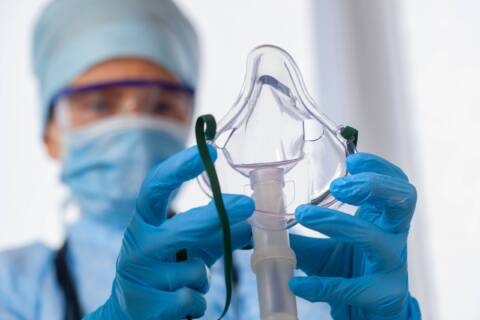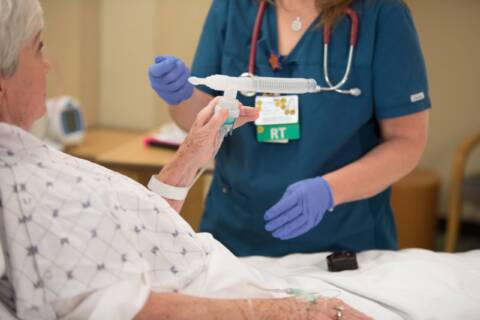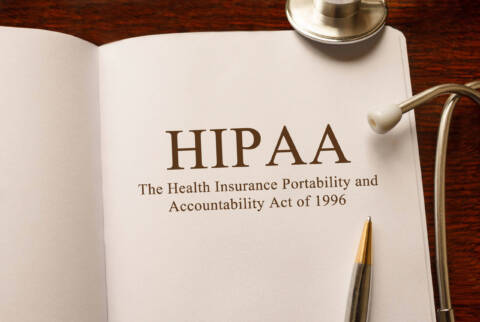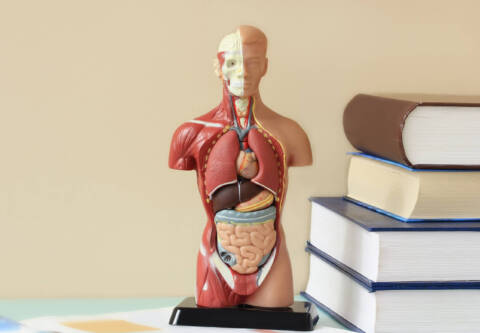Essential Skills Respiratory Therapists Should Possess
Respiratory therapists evaluate and treat a wide range of respiratory conditions, including asthma, chronic obstructive pulmonary disease (COPD) and respiratory distress syndrome. They work closely with medical teams to develop and implement treatment plans, administer medications and operate medical equipment such as ventilators and oxygen therapy devices. You’ll need to obtain at least an in respiratory therapy for those seeking supervisory roles as respiratory therapists. Receiving credentials as a Certified Respiratory Therapist (CRT) or Registered Respiratory Therapist (RRT) can broaden your job prospects and will make you a more attractive job candidate to many Missouri healthcare employers. You can also pursue certifications in specialized areas such as neonatal or pediatric care. The headliner in the respiratory therapist’s tool bag is undoubtedly the ventilator. Ventilators push air into the lungs of patients who are having difficulty breathing on their own. The need to adjust ventilators and monitor patients on ventilators for signs of distress makes respiratory therapists vital specialists in all types of critical care settings. Some liquid medicines are formulated to be converted into a mist that can be inhaled by patients. These medications are, unsurprisingly, designed to be administered directly into lungs, often for the treatment of asthma or chronic obstructive pulmonary disease (COPD). Respiratory therapists should be highly skilled in properly dosing and administering nebulizer treatments, as well as teaching patients how to properly use at-home versions of the treatment. Testing lung function is a basic early step in accurately diagnosing the respiratory issues of patients seeking care. Respiratory therapists perform these tests using PFT devices, which allow them to accurately measure a patient’s ability to breathe in and release air. Another tool, the plethysmograph, measures lung volume. Respiratory therapists operate these devices and interpret the results, providing a critical diagnostic link between the patient and the physician. Certain conditions lead to mucus build-up in the lungs. Devices such as percussors and vibrators are used to perform chest physiotherapy, helping to loosen and remove secretions from the respiratory tract. The therapist may also use postural drainage techniques, positioning the patient in specific ways to facilitate mucus removal. For patients unable to clear their airways, RTs use suction devices. These can be vital in emergency situations or post-operative care when patients might have excess secretions or foreign matter blocking their airways. These devices are used to monitor the concentration of gases (like carbon dioxide) in patients’ exhaled air and the oxygen saturation in the blood, respectively. By providing real-time data, they allow RTs to adjust treatments and respond to emergencies swiftly. In certain emergencies, maintaining an open airway is critical. Tools such as endotracheal tubes, laryngoscopes and bronchoscopes can be used to either establish an airway or to visualize and examine the bronchial passages.









